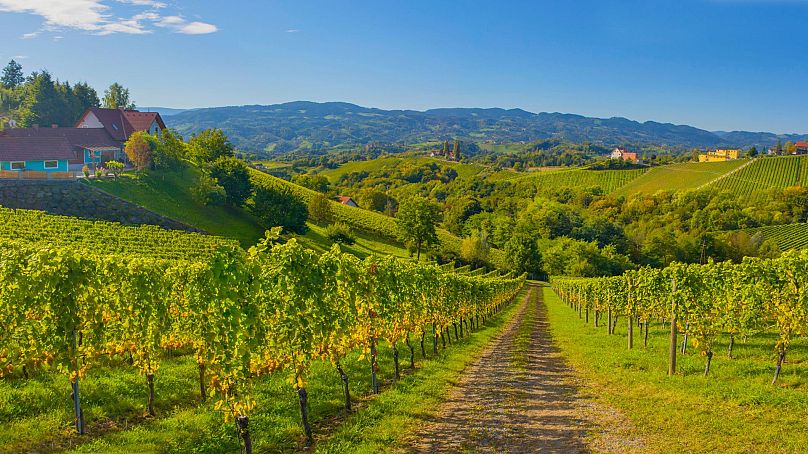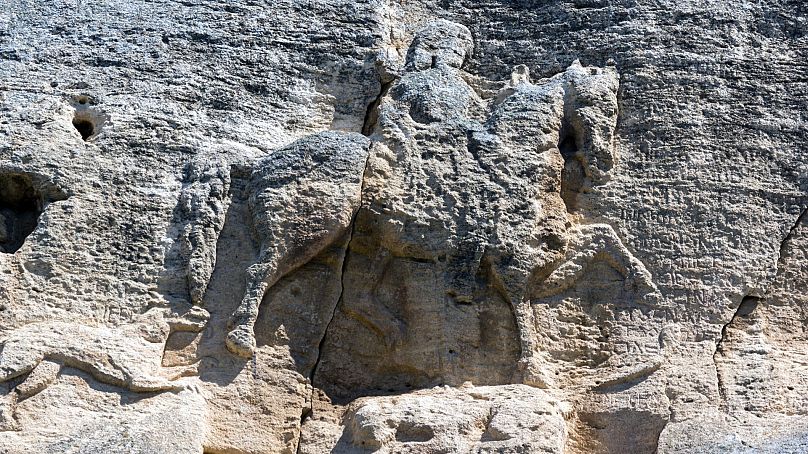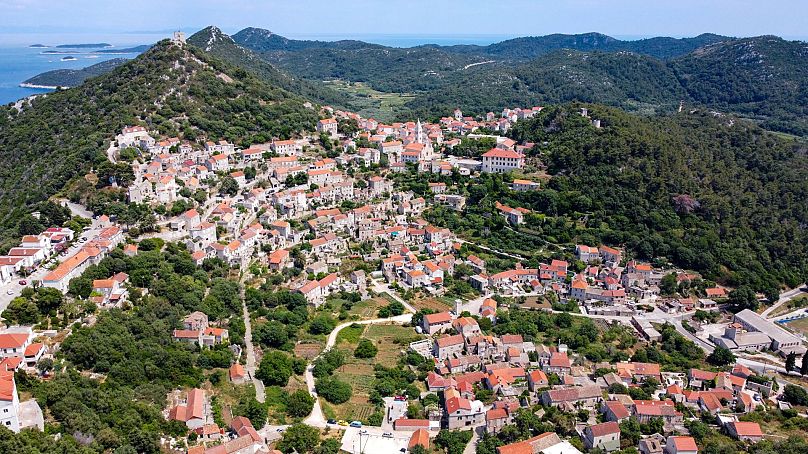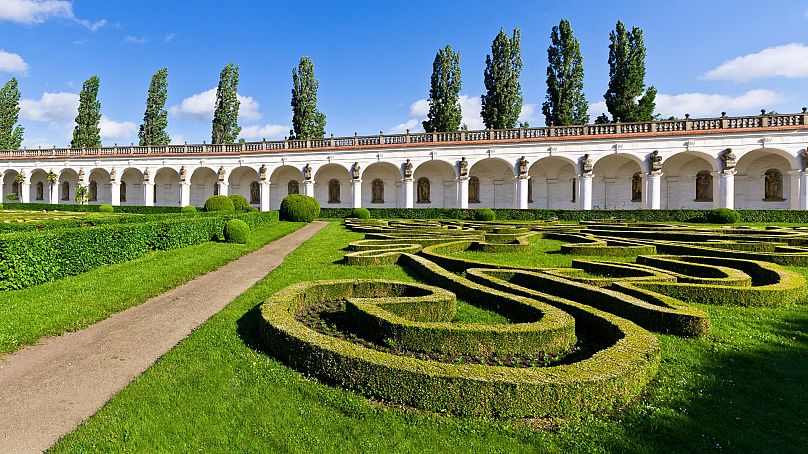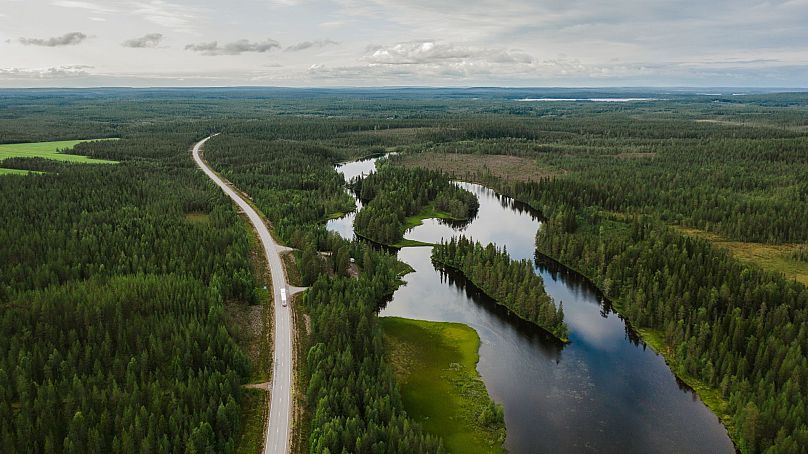Avoid overcrowded destinations with these local recommendations from travel experts.
Popular European destinations are grappling with overtourism.
In Greece, visitors to the Acropolis are currently up 70 per cent on last year, forcing the ancient attraction to introduce a time slot system. Sardinia in Italy has begun to protect its beaches with towel bans, pre-booked tickets and entry fees.
From Italy to Portugal, measures are being brought in against short-term rentals to ensure tourist destinations remain liveable for locals.
But is all this battling the symptoms rather than the cause?
“To guarantee sustainability and a future for travel in the long term… we should tap into the wisdom of local communities and ask them if they’re willing to share what they love,” says Peter de Wilde, president of NECSTouR (the Network of European Regions for Competitive and Sustainable Tourism).
His organisation works with European destinations to make them better places to both live and visit.
“Tourism is not the goal, it is a pathway to flourishing communities,” he told Euronews Green at ETC’s Destination Europe Summit on Tuesday (27 June). “We need to ask people what they need in their community to thrive.”
If visitors can “give positive support to locals, and not just consume the place and take away the authenticity of the place, I think we’re on the right track,” said Peter.
One way we can avoid contributing to the problem of overtourism is by broadening our horizons beyond the most popular destinations.
In this spirit, Euronews Travel asked tourism ministers attending the summit for their best under-the-radar recommendations. Here’s what they said.
Sip your way around Austria’s wine regions
Austria is well known for historic architecture and picturesque Alpine villages. But beyond the grand palaces and chocolate box houses, there’s plenty more to explore.
“Personally, I like the wine regions,” Susanne Kraus-Winkler, Austria’s State Secretary for Tourism, tells Euronews Travel. “They are not so well known among international tourists.”
Two, in particular, stand out. The first is along the river Danube, near Vienna, where you can sample grüner veltliner and riesling wines among steep vine terraces and medieval towns.
“The other one is south Styria,” says Susanne, “where we have this beautiful, romantic little wine route.”
The 70 km South Styrian Wine Road winds its way through southern Austria’s rolling green landscapes, where sauvignon blanc and muskateller dominate the scene.
Buschenschank (family-owned wine taverns), thermal spas and boutique hotels dot the route, ensuring a truly relaxing getaway.
Less than 50 miles south of Graz, this wine region is easily accessible for a day or weekend trip.
Marvel at Bulgaria’s mysterious rock formations
From historic Sofia to mountain ski resorts and Black Sea coast beaches, Bulgaria is packed with diverse destinations. But some of its more mystical charms tend to fall off the radar of international tourists.
“I have had one favourite place since I was seven years old ...near the town of Shumen, about 70 kilometres from Varna,” says Zaritsa Dinkova, Minister of Tourism of Bulgaria.
In the village of Madara, you can see the Madara Rider - a medieval rock relief of a rider on a horse, attacking a lion with his spear carved into a cliff. The pagan image is depicted on the back of some Bulgarian coins and is steeped in legend.
Some believe that you can find ѕtоnеѕ near the Rider thаt аrе аblе tо сurе аnу dіѕеаѕе. Others claim that the Madara horseman is all that is left from the sunken Atlantis.
If you’re a fan of impressive rock formations, you should also head over to the northwest of the country, where the imposing Belogradchik Rocks tower above a medieval fortress.
Lounging more your thing? Check out the seaside spa resort town of St Constantine and Elena, where you can bathe in natural mineral springs revered for their healing properties.
Lounge on Croatia's heavenly islands
Everyone knows about Dubrovnik's fairytale Old Town and the wild parties of Split. But where do locals go on holiday in Croatia?
"For those searching for paradise, extraordinary beauty, heavenly peace and tranquility, the Adriatic islands such as Mljet, Lastovo, Korčula and Vis are a must-see," says Marina Šimun, Director of International Affairs for the Croatian National Tourist Board.
If a trip filled with eating and hiking is closer to your idea of heaven, head inland, advises Marina. Known as the 'flower garden of Croatia', Međimurje in the north of the country has been recognised for its sustainability credentials, vineyards and unspoilt nature.
To the northwest, "the fresh air of the green forests of the Gorski Kotar [mountain range] awakens the mind and relaxes the body," adds Marina.
Enjoy music in palatial grounds in Czechia
Czechia, as it’s soon to be officially named according to CEO of Czech Tourism Jan Herget, is packed with culture and nightlife - especially in the capital, Prague. But beyond its Gothic churches and pumping clubs lies another side to the country.
“What I would really recommend are our classic summer music festivals that take place in our beautiful chateau gardens with the background of the castles,” says Jan.
Until 30 July this year, the flower gardens of the UNESCO-listed Kroměříž Castle in east Czechia will be filled with classical music performances.
Jan also recommends visiting Czechia’s Spa Triangle. Made up of the spa towns Karlovy Vary, Mariánské Lázně and Františkovy Lázně, it is home to the world’s largest concentration of hot springs and healing springs.
What’s even better is that Czechia is easily navigated by public transport.
“Czechia is famous for having the highest density of trains, so it's really easy to travel by public transport…and it’s really cheap, says Jan. “For example, you can buy a ticket from Prague to Pilsen, the capital of beer, for €4.”
Bask in the midnight sun in Finland
Finland often conjures images of wintry landscapes, Lapland and the northern lights. But the far northern European country is just as worthy of a visit in summer, says Kristiina Hietasaari, senior director of Visit Finland.
“For Finns I would say that the number one summer destination is the Lakeland area,” says Kristiina. With almost 190,000 lakes, this nature-lover’s paradise is the largest lake district in Europe.
“It's spotted with thousands of cottages or small cabins with saunas,” Kristiina continues. “And we Finns love to spend our whole summer there - because with the midnight sun and everything, it's just beautiful.”
With a vast coastline dotted with more than 50,000 small islands, Finland offers no shortage of adventures in its southwest archipelago, too.
“It's a really, really great place. There are very charming wooden towns along the shoreline and it's just a very laid back way of life,” says Kristiina.












